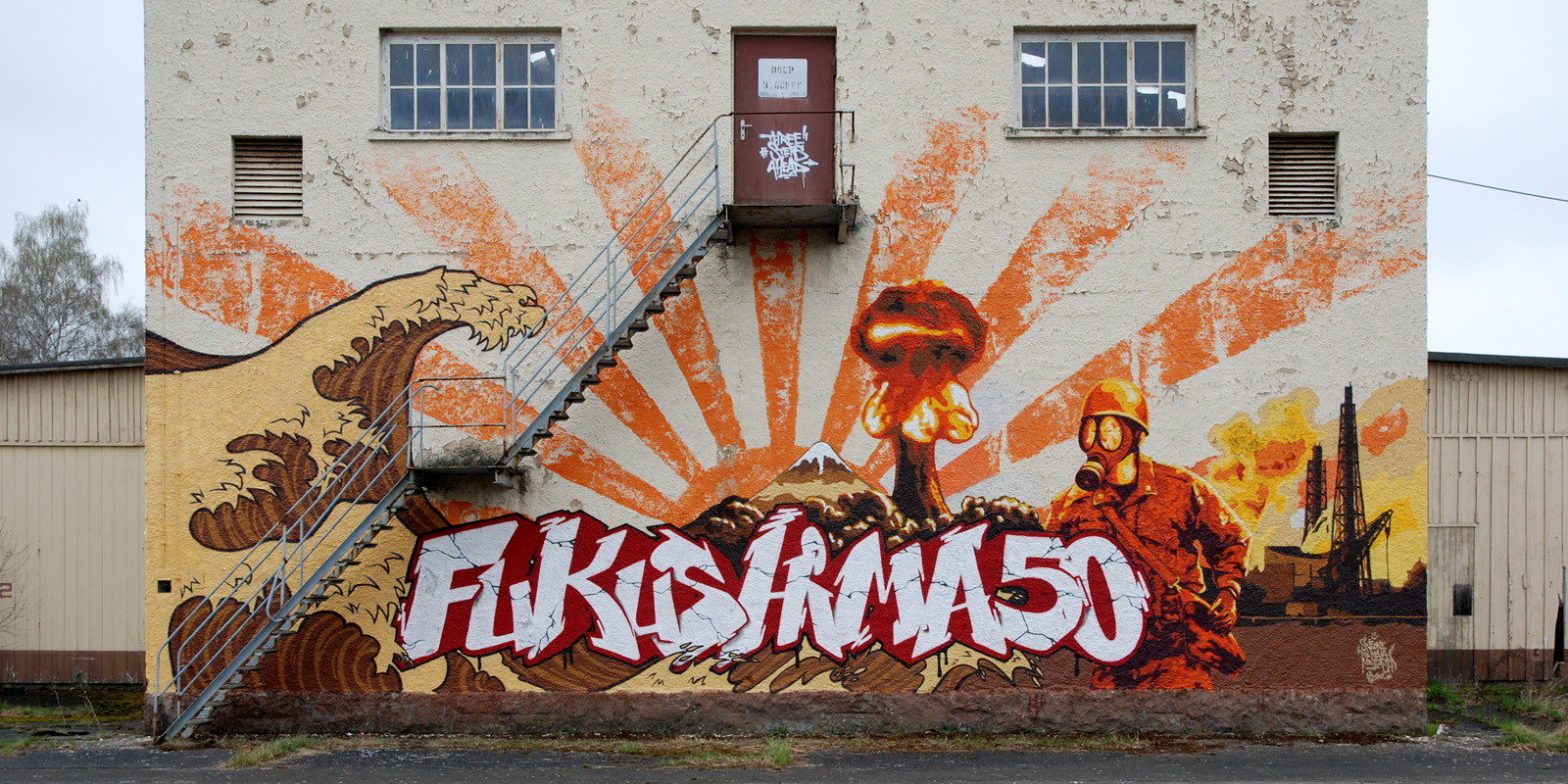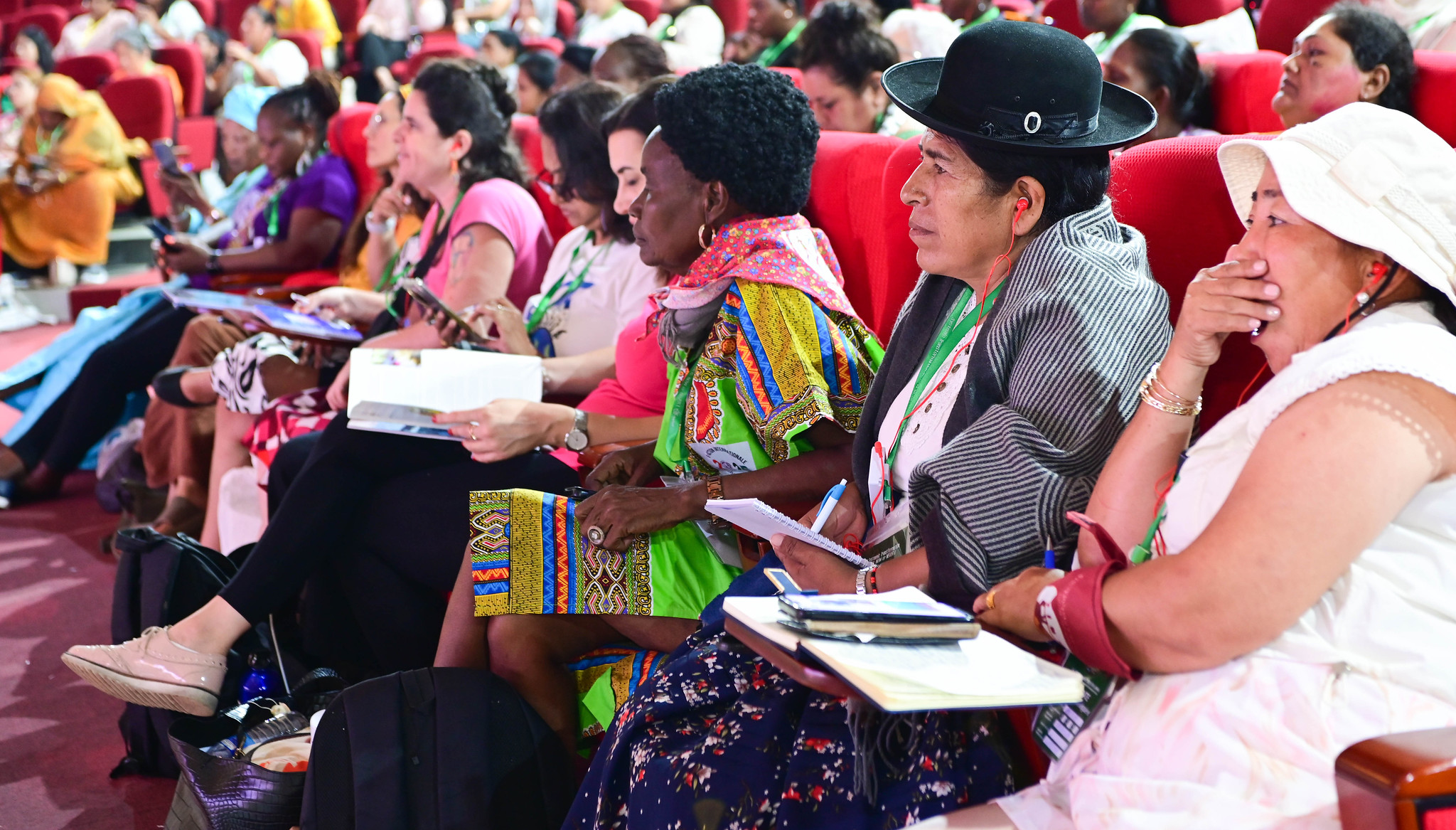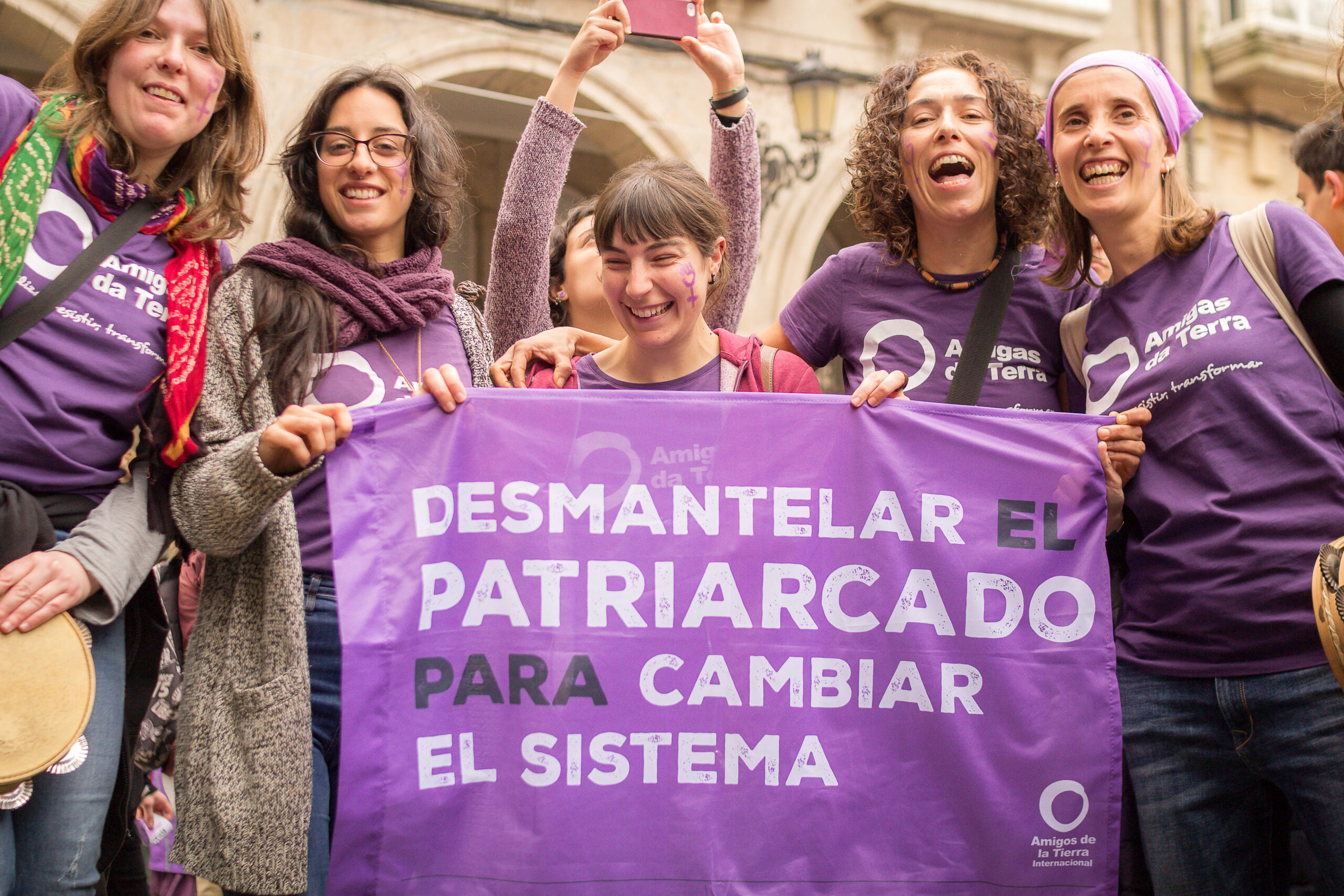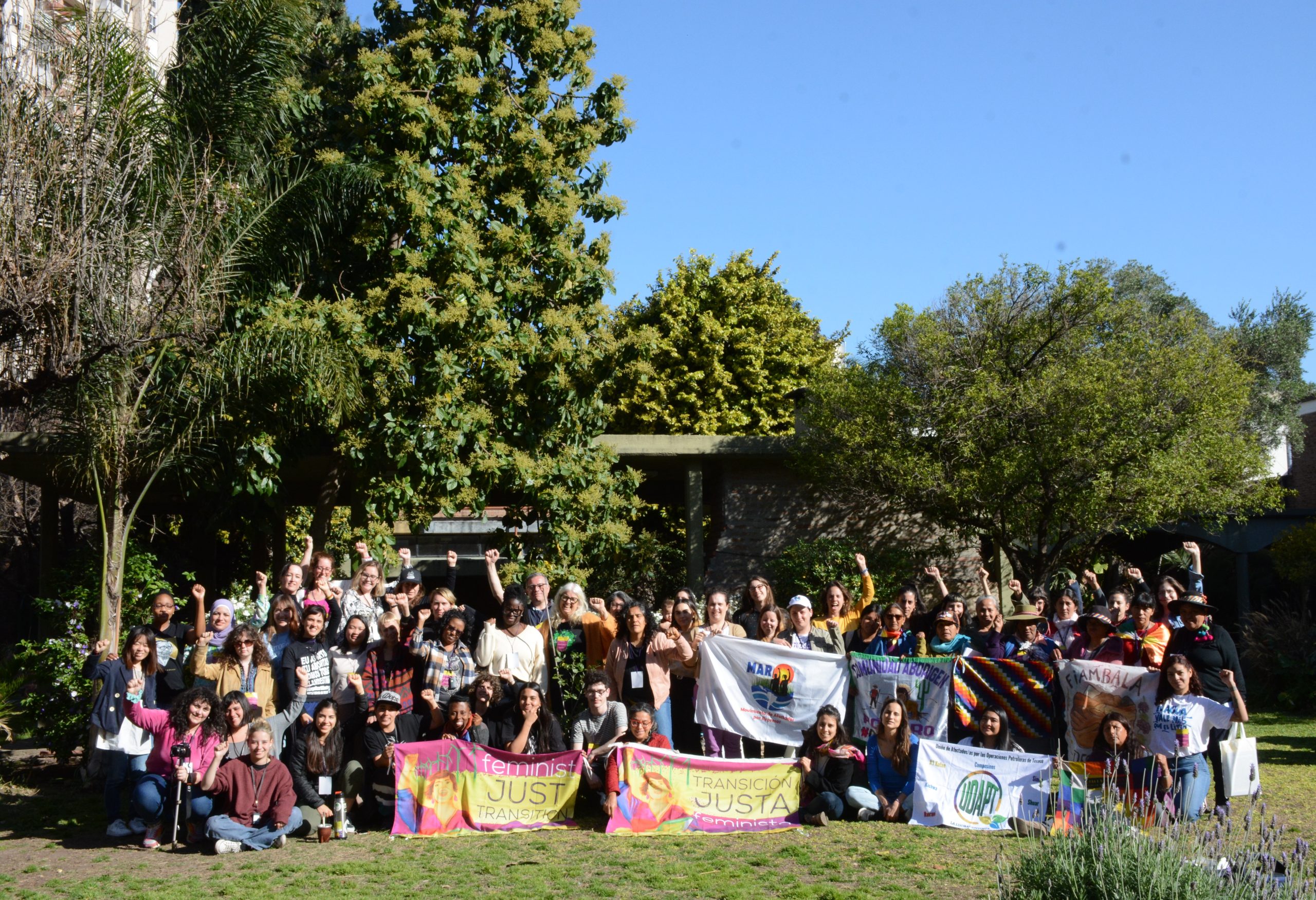Fukushima: Ten years on
Friends of the Earth Japan shares testimonies from victims of the Fukushima nuclear disaster.
 2011 a Tsunami caused one of the biggest catastrophe of the century in Fukushima, Japan.
We wanted to pay respect to the last 50 workers in the atomic power plant, which tried to prevent a atomic disaster.
On two days we painted four different themes. First the rising sun, second the beauty of the Japanese landscape, third the cause of the disaster and at last the impact of the atomic contagion. Foto: 3 Steps, Fukushima50.
2011 a Tsunami caused one of the biggest catastrophe of the century in Fukushima, Japan.
We wanted to pay respect to the last 50 workers in the atomic power plant, which tried to prevent a atomic disaster.
On two days we painted four different themes. First the rising sun, second the beauty of the Japanese landscape, third the cause of the disaster and at last the impact of the atomic contagion. Foto: 3 Steps, Fukushima50.
Ten years have passed since the Great East Japan earthquake and tsunami and the Fukushima Daiichi nuclear power plant accident of 11 March 2011. Yet whilst the impacts of these disasters continue to be felt, efforts are being made to render this invisible.
Friends of the Earth Japan has conducted video interviews with evacuees, dairy farmers, fishermen and other community members in an effort to raise awareness about the ongoing impacts, through the “Fukushima Mieruka Project”. The videos are being released simultaneously in English, Spanish, French, Chinese (simplified and traditional), Korean and German.
“The nuclear plant took everything”
The first instalment in this multilingual series is an interview with Mr Hasegawa Kenichi, a former dairy farmer from Iitate Village in Fukushima Prefecture. Watch the interview here.
Mr Hasegawa was the local leader of Maeda District of Iitate Village, where mountains of bags of contaminated waste still remain to this day. “The nuclear plant took everything. There used to be children here. When the kids were still here, we went to the hills together all the time. We picked many things, taught them all about it, it was natural. We can’t do anything like that any more. I mean, even the children are no longer here,” he says.
Today we share the testimony of Ms. Kanno, about her evacuation from Fukushima. On 15 March 2011, three days after the nuclear power plant disaster, she evacuated together with her son and their dog in a light vehicle, having to use farm tractor gasoline: “We got on the highway and stopped at the first rest area… There was that big coffee chain there… When I started to drink the latte, the tears just wouldn’t stop flowing.”
Friends of the Earth Japan published a statement exposing how this nuclear disaster has affected peoples’ lives and criticising the government’s behaviour:
“We have experienced firsthand that nuclear power is incredibly dangerous and that once an accident occurs radioactive materials can spread over a wide area, forcing more than 100,000 people to evacuate, and that the land can be contaminated to the extent that some areas are rendered uninhabitable for over 10 years. Livelihoods, meaning in life, interactions with neighbors, casual daily conversations, foraging on edible wild plants and mushrooms, fishing in rivers, the sharing of little joys in life, dining together with family… these and other aspects at the core of community life have been lost.
We witnessed the government ignoring the concerns of citizens, setting the exposure limit at 20 times the level applicable for the general public as the criterion for evacuation and return, and forcing many people to evacuate without compensation. Although radioactive contamination and exposure are real ‘damage’, the government has not recognized them such, but dismisses them for causing ‘reputational’ damage. The matter of who caused the harm and who was the victim has been distorted, and even though the real actors who caused harm were the government and TEPCO, their responsibilities have still not been questioned. The perverse situation is that those who point out the risks of radiation exposure and contamination are being treated as if it is they who are causing damage.”
The statement also exposes the “fake reconstruction” by the Japanese government in the area, the discontinuation of support programs for evacuees, and that the return of people to their communities is proceeding slowly. “The younger generation is not returning and many areas are sparsely populated, with households of just one or two elderly people.”
“Houses are being demolished one after another in my neighborhood. There is no trace of the original community. Is this really ‘reconstruction’?”, asks a man who returned to Tomioka.
“As the population in municipalities around the nuclear plant continues to decline, the central government decided to provide up to 2 million yen in support to people who move to 12 local municipalities near the plant in fiscal 2021. After the government mercilessly cut support for evacuees and still has inadequate policies to protect people from radioactive exposure, this policy to entice people to move here is an attempt to create the appearance of reconstruction,” denounces Friends of the Earth Japan.






